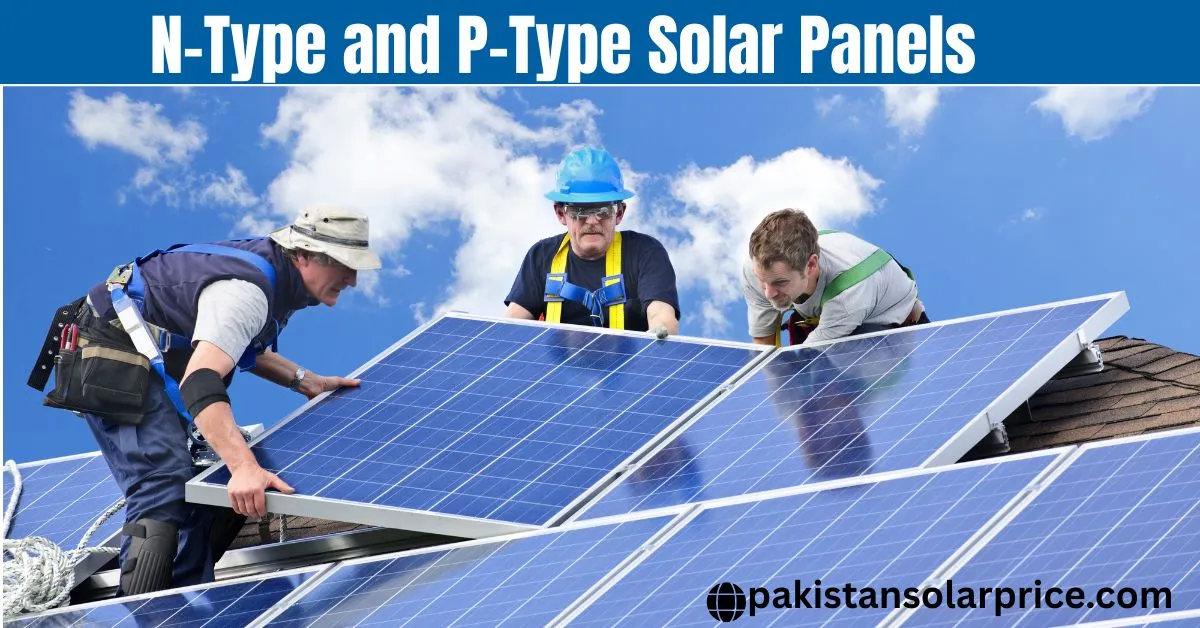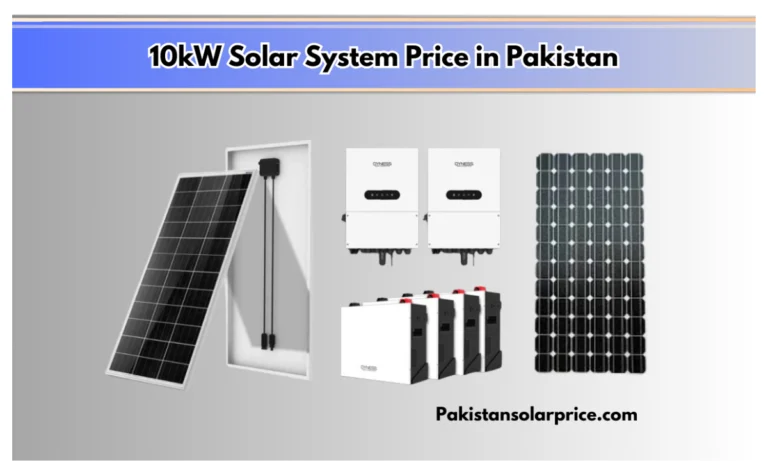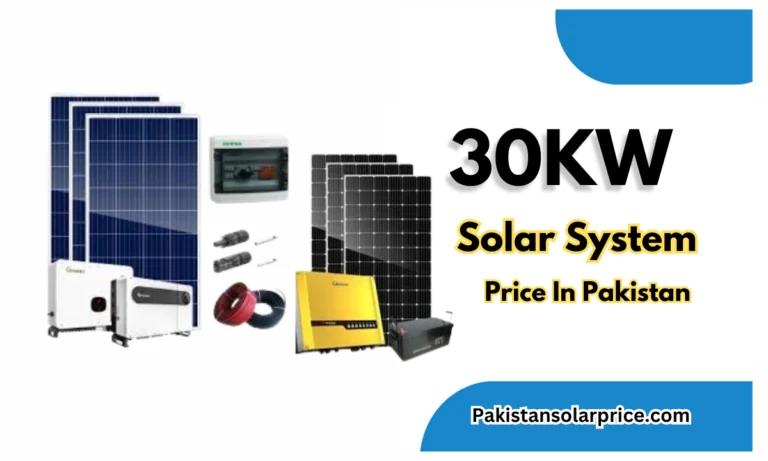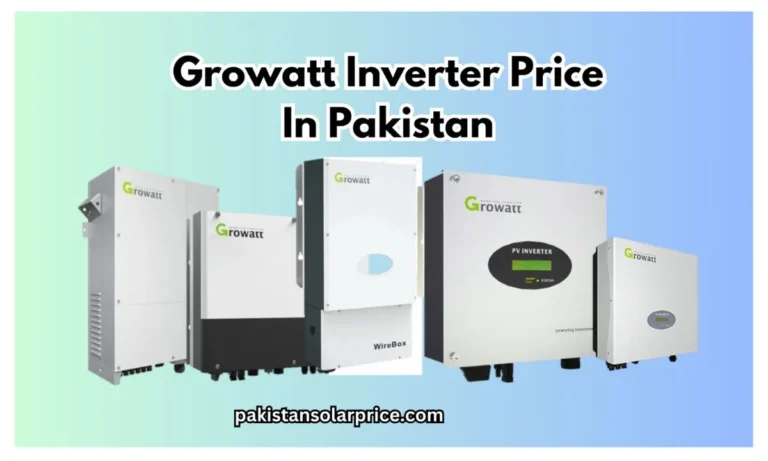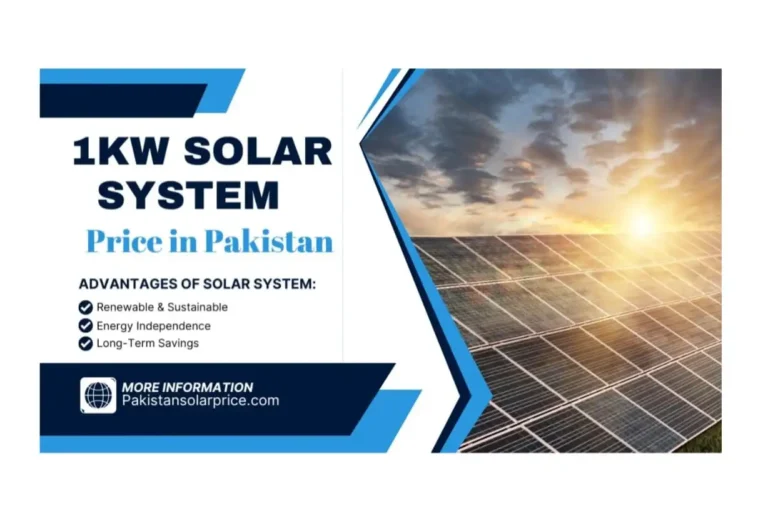N-Type and P-Type Solar Panels: Which One Is Better for You?
As solar energy continues to surge in popularity, one crucial choice stands between you and maximum efficiency n-type and p-type solar panels. Understanding the real differences and which technology aligns best with your home or business can make all the difference in performance, cost, and longevity. This in depth guide unpacks everything you need to know to confidently select the ideal solar panel that meets your energy goals and budget.
What Are N-Type and P-Type Solar Panels?
Solar panels generate electricity using photovoltaic (PV) cells, but not all PV cells are created the same. The difference between n-type and p-type solar panels lies in the type of semiconductor material used to create electrical current:
- N-Type Panels: Made with phosphorus-doped silicon, creating a negative charge (electron-rich).
- P-Type Panels: Made with boron-doped silicon, resulting in a positive charge (electron-deficient).

Efficiency & Degradation Rates Which Performs Better?
When it comes to solar panel efficiency, n-type cells have the edge. Here’s why:
- Higher Efficiency: N-type panels often reach 20–24% efficiency, compared to 15–20% for p-type.
- Lower Degradation: P-type panels suffer from Light-Induced Degradation (LID), which causes a 2–3% drop in performance within the first few months. N-type panels are immune to this issue.
- Consistent Output: N-type modules maintain output more reliably over time.
Cost Comparison Upfront Price vs Long-Term Value
Cost is a major factor in any solar investment. Here’s how the two types compare:
| Panel Type | Initial Cost | ROI Over 25 Years |
|---|---|---|
| N-Type | Higher | Excellent (due to durability) |
| P-Type | Lower | Good (but faster degradation) |
While p-type panels are more affordable initially, n-type panels deliver greater value over time especially in harsh climates or high-usage areas.
Use Case Guide Which Panel Fits Your Needs?
Choosing the right panel depends on where and how it will be used. Here’s a quick guide:
N-Type Panels Are Best For
- Commercial and industrial setups
- High-temperature regions
- Long-term solar investments
- Space-constrained installations (due to higher output)
P-Type Panels Are Best For
- Residential solar systems
- Budget-conscious users
- Mild weather zones
- Temporary or smaller-scale applications
Pros and Cons Comparison Table
| Feature | N-Type Panels | P-Type Panels |
|---|---|---|
| Efficiency | Higher (20–24%) | Moderate (15–20%) |
| Degradation | Minimal (LID-resistant) | Moderate (suffers LID) |
| Cost | Expensive upfront | Budget-friendly |
| Lifespan | 25–30 years | 20–25 years |
| Best For | Commercial, harsh climates | Homes, mild climates |
Conclusion
If your goal is maximum efficiency, longevity, and lower maintenance, then n-type solar panels are worth the investment. However, if you’re working within a limited budget and want a quick ROI, p-type panels still offer solid performance and are widely available.

